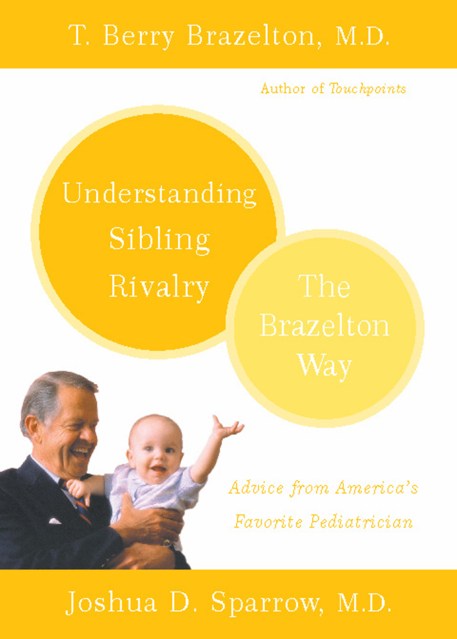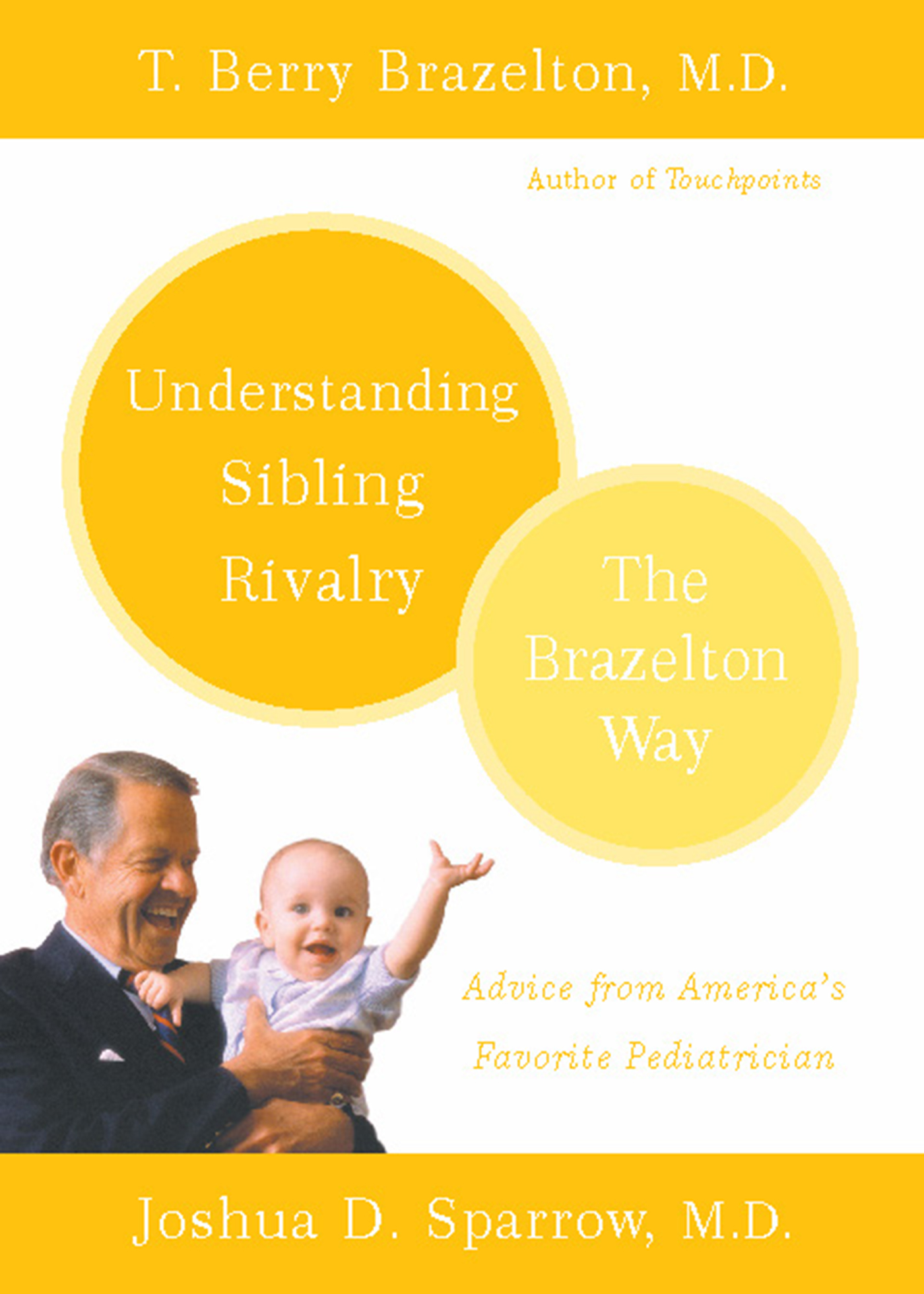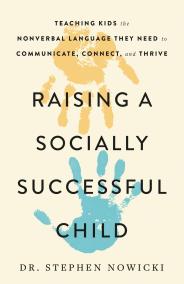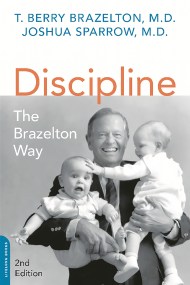Promotion
Use code MOM24 for 20% off site wide + free shipping over $45
Understanding Sibling Rivalry - The Brazelton Way
Contributors
By Joshua D. Sparrow
Formats and Prices
Price
$8.99Price
$11.99 CADFormat
Format:
- ebook $8.99 $11.99 CAD
- Trade Paperback $19.99 $25.99 CAD
This item is a preorder. Your payment method will be charged immediately, and the product is expected to ship on or around April 29, 2009. This date is subject to change due to shipping delays beyond our control.
Also available from:
The teasing, squabbling, competition, and ferocious fights of brothers and sisters can drive any parent to frantic desperation. At the same time, Drs. Brazelton and Sparrow point out, siblings are learning from one another and deep, close relationships are forming that will last a lifetime. In this absolutely indispensable addition to the Brazelton Way series, the authors show how parents can defuse much of the bickering, while helping to strengthen warm relationships. They help parents understand the universal “Touchpoints” of sibling rivalry at each age, as well as the problems in particular family situations. From the combined delight and resentment that a sibling feels toward a new baby, to birth order, blended families, sex play, scapegoats, meltdowns, and competition in school, parents will find welcome advice in this wise, comforting book.
Genre:
- On Sale
- Apr 29, 2009
- Page Count
- 184 pages
- Publisher
- Da Capo Lifelong Books
- ISBN-13
- 9780786739080
Newsletter Signup
By clicking ‘Sign Up,’ I acknowledge that I have read and agree to Hachette Book Group’s Privacy Policy and Terms of Use







